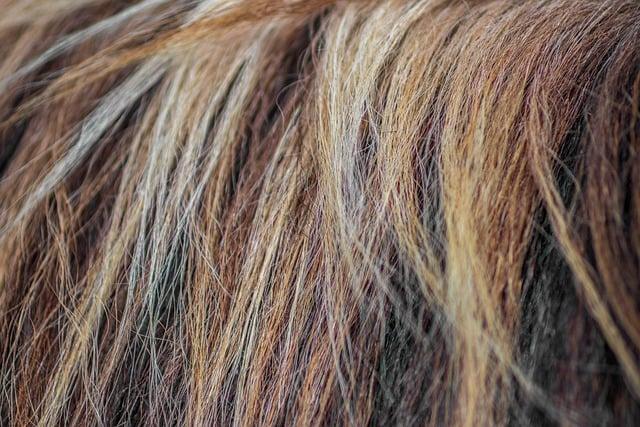In the world of at-home hair coloring, the promise of transformation lies tantalizingly on the shelves, where glossy boxes boast vibrant shades and perfect hues. Yet, as countless DIY colorists can attest, the reality often paints a different picture—one where the anticipated “sunset auburn” becomes more of a “muddy maroon.” Why does this seemingly magical makeover sometimes fall short of its promised glory? The answer weaves through a tapestry of chemistry, individual hair characteristics, and the art of expectation versus reality. Join us as we unravel the colorful conundrum of why your hair color rarely mirrors the box, empowering you with the knowledge to navigate this vibrant journey with confidence and flair.
Understanding the Science Behind Hair Dye Formulas
To grasp why your hair color might not match the box, it’s essential to delve into the complex science of hair dye formulas. Hair dyes are composed of several key components, each playing a vital role in the final outcome:
- Pigments: These are the actual color molecules that adhere to your hair. The size and type of these molecules can vary, affecting how well they penetrate and hold.
- Developers: Often containing hydrogen peroxide, developers open up the hair cuticle to allow color penetration. The volume of developer can determine the lightness or darkness achieved.
- Ammonia or Ammonia Alternatives: These agents help lift the hair cuticle, making it more receptive to color. Alternatives are used in gentler formulas.
- Conditioning Agents: To counteract the harshness of chemicals, conditioners are added to maintain hair health and shine.
Understanding these components reveals why your personal hair chemistry, including its natural color, texture, and porosity, can influence the final shade. Individual factors, such as previous dye jobs, exposure to sunlight, and even water quality, further affect the outcome, leading to a color that might stray from your boxed expectations. In the realm of hair dye, science and art intertwine, crafting a unique hue that often surprises even the most seasoned color enthusiasts.

Decoding the Influence of Natural Hair Pigment on Final Color
Understanding how your natural hair pigment interacts with dye is crucial to achieving your desired hue. Natural hair color is made up of a mix of eumelanin and pheomelanin, which can significantly affect how dye takes to your hair. For instance, if you have a high concentration of eumelanin, your hair might lean towards darker shades, whereas pheomelanin can introduce warmer undertones. This inherent mix acts like a canvas that alters the final shade, sometimes leading to unexpected results.
To decode this mystery, consider these factors:
- Base Color: Your existing hair color forms the foundation for any new shade.
- Porosity: Highly porous hair absorbs color more quickly, potentially leading to deeper or uneven results.
- Previous Treatments: Past chemical treatments or dyes can leave residual colors that might mix unpredictably with new applications.
By considering these elements, you can better predict and achieve the color you envision, moving beyond the promises on the box.
Expert Tips for Achieving Your Desired Hair Shade
Unlocking the secret to achieving the perfect hair shade begins with understanding your hair’s unique characteristics. Hair porosity, for instance, plays a pivotal role in how color is absorbed and retained. High porosity hair might soak up color quickly but may also lose it just as fast, while low porosity hair might need a little extra encouragement to let the dye in. Consider a strand test to gauge how your hair responds to the dye.
- Know Your Undertone: Identify whether your skin has warm, cool, or neutral undertones to find complementary shades.
- Pre-Treatment is Key: Use a clarifying shampoo before coloring to remove buildup and ensure even color distribution.
- Mixing Magic: Don’t shy away from mixing two shades to achieve a more personalized and nuanced color.
Moreover, hair texture—be it fine, medium, or coarse—can influence how color develops. Coarse hair might require more processing time, while fine hair could need less. Always follow the manufacturer’s instructions but be prepared to adjust based on your hair’s needs. Remember, achieving your dream shade is an art, and with the right approach, your hair color can be as vibrant and true as you’ve always imagined.



